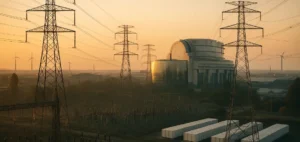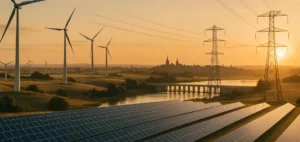The Russian nuclear agency Rosatom has unveiled a prototype of an electric plasma rocket engine based on a magnetic accelerator. This technology, operating in a pulsed mode, has an average power of 300 kW and could enable spacecraft to achieve significantly higher speeds than traditional propulsion systems.
A strategic issue for the space industry
Current interplanetary travel is limited by chemical propulsion technologies, requiring astronauts to endure journeys of up to a year to reach Mars. This extended duration exposes crews to high levels of cosmic radiation. Alexey Voronov, deputy director of the Rosatom Research Institute in Troitsk, states that the plasma engine could reduce the trip to 30 to 60 days, facilitating manned missions.
The development of a functional prototype is a crucial step in assessing the engine’s adaptability to spacecraft and determining production costs for an operational model.
Ongoing tests to validate the technology
A large-scale experimental test stand is being set up to evaluate the engine’s performance. It will feature a 14-meter-long and 4-meter-diameter vacuum chamber, simulating space conditions to test propulsion efficiency and technical feasibility.
With Mars located approximately 140 million miles from Earth, a 30-day journey would require an average speed of 195,000 miles per hour. According to information reported by the Russian newspaper Izvestia, the engine’s thrust would be about 6 Newtons, with the ability to accelerate particles to a speed of 100 km/s.
Increased competition in space propulsion
The plasma propulsion technology is based on the acceleration of particles between two electrodes under high voltage. The interaction between the electric current and the generated magnetic field expels the particles from the engine, providing continuous thrust. However, this type of engine cannot be used for liftoff, which will still rely on conventional launch systems.
Other international players, including NASA and the European Space Agency (ESA), are also investing in technologies aimed at reducing interplanetary mission durations. Rosatom aims to finalize an operational model by 2030, reinforcing Russia’s strategic positioning in the space sector.





















